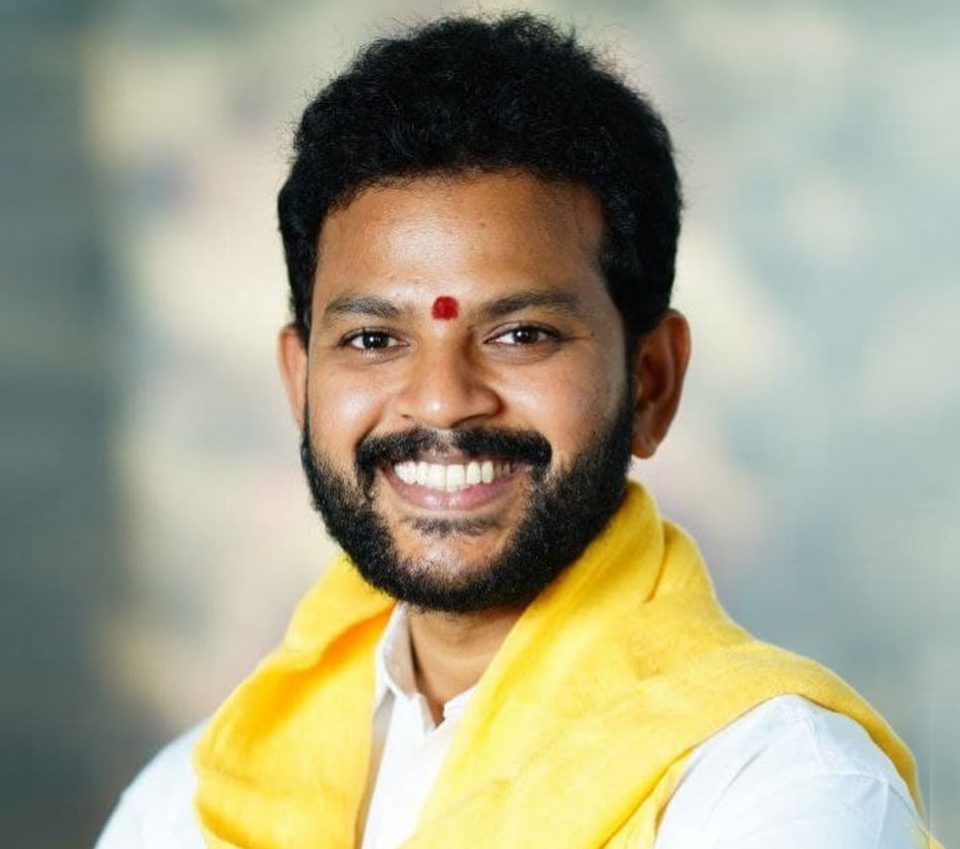
At just 36, Ram Mohan Naidu brings more than youth to India’s Ministry of Civil Aviation — he brings a generational shift in thinking. For him, the sky is not the limit; it’s the next frontier for equity, access, and national growth.
“Flying should no longer be a luxury. It must become a way of life for every Indian,” he asserts with quiet resolve.
His vision is clear — make flying affordable, accessible, and inclusive. That means reducing airfares, building better regional connectivity, and transforming airports into national assets that serve not only metros but India’s growing Tier 2 and Tier 3 cities.
Regional Growth, National Identity
Under Naidu’s stewardship, schemes like UDAN are not mere connectivity plans — they are vehicles of dignity and inclusion. He wants small-town India to fly high, not just metaphorically, but literally — with 350 to 400 operational airports envisioned by 2047.
His approach is deeply rooted in practicality:
Drive aviation-led growth through infrastructure.
Double down on domestic manufacturing and MRO (Maintenance, Repair, Overhaul) capabilities.
Make India a serious player in the global aerospace ecosystem.
He sees India not as a passive buyer of aircraft but a potential co-creator — a nation that assembles, services, and innovates in aviation.
Fixing the Core: Infrastructure, Safety, and Sovereignty
The aviation sector, he believes, must shed its dependence on external entities. By prioritizing FDI, simplifying leasing norms through the Cape Town Convention framework, and incentivizing MROs, he’s paving the runway for long-term resilience.
He’s also taken the challenge of airfare spikes head-on, introducing mechanisms for transparency and price regulation during peak periods.
“Affordable aviation is not about cheap tickets. It’s about predictable, fair, and reliable pricing — that respects the passenger’s dignity.”
Green Skies, Smart Skies
The minister is determined to steer Indian aviation into a sustainable future:
80+ airports already run on 100% renewable energy.
A roadmap is in place for blending Sustainable Aviation Fuel (SAF) — aiming for 1% by 2027 and 5% by 2030.
Digitisation is gaining speed with initiatives like DigiYatra, AI powered predictive maintenance centers (APOCs), and smart surveillance to make airports more intelligent and responsive.
He also envisions more gender inclusion, aiming to raise India’s already-leading figure of 15% women pilots to at least 25% in the coming years.
100 Days, 100 Directions
In his first 100 days, Naidu’s roadmap included:
Streamlining airline operations to reduce cancellations and delays.
Expanding airport infrastructure with passenger-first design.
Accelerating work on new airstrips and reviving dormant routes.
Redefining passenger experience through technology and grievance redressal.
The Takeaway
Ram Mohan Naidu is not just managing aviation — he’s remodeling it. His vision stands at the intersection of infrastructure, inclusion, and innovation. As he often emphasizes — India must prepare not just for more passengers, but for a new class of fliers: first-time, small-town, sustainability-conscious, and full of aspirations.
In a world of high-flying numbers and grounded realities, Minister Naidu is trying to align both — so that India doesn’t just fly more, but flies better.

